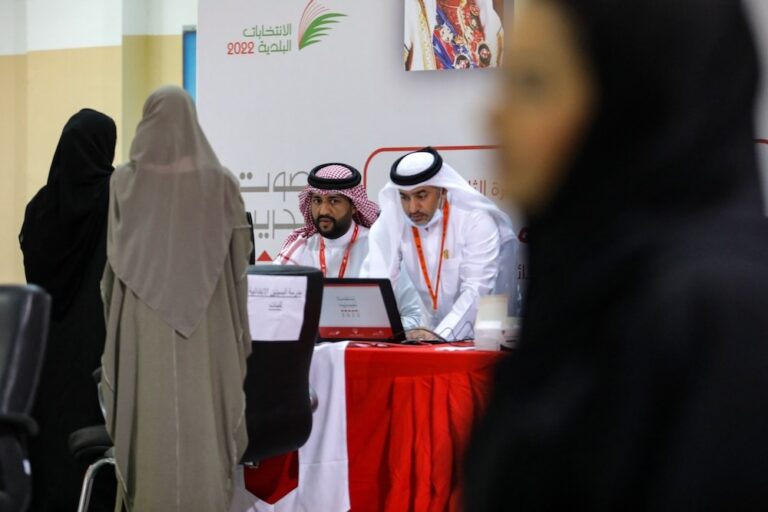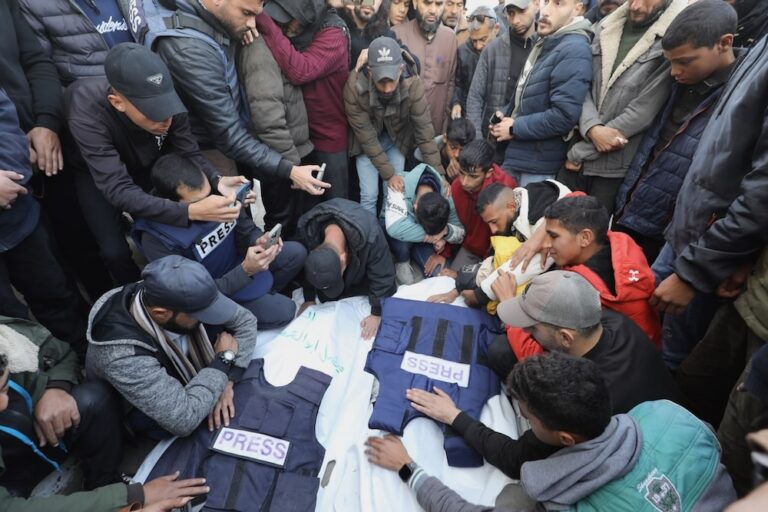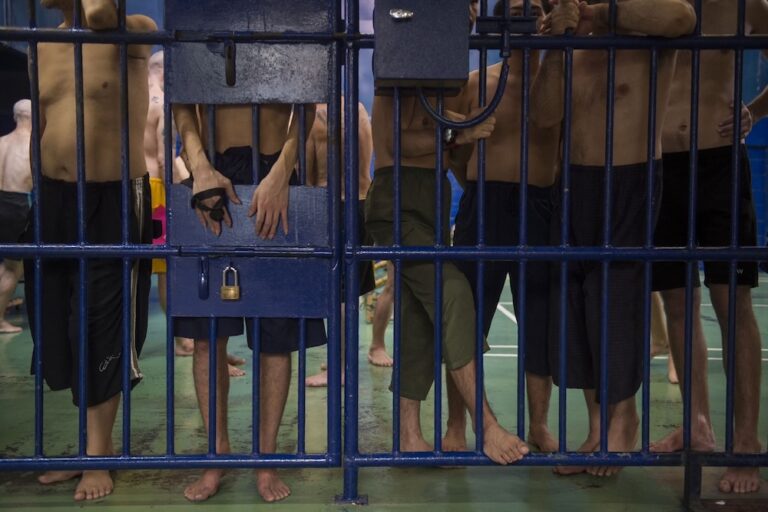The 2017 round-up figures compiled by Reporters Without Borders (RSF) include professional journalists, media workers and citizen-journalists, who are playing an increasing role in the production of news and information, especially in countries with oppressive regimes and countries at war, where it is hard for professional journalists to operate.
This statement was originally published on rsf.org.
The 2017 round-up figures compiled by Reporters Without Borders (RSF) include professional journalists, media workers and citizen-journalists, who are playing an increasing role in the production of news and information, especially in countries with oppressive regimes and countries at war, where it is hard for professional journalists to operate. As far as possible, the round-up nonetheless distinguishes professional journalists from the other kinds in its breakdowns, in order to facilitate comparison with other years.
Compiled by RSF every year since 1995, the annual round-up of abuses and acts of violence against journalists is based on precise data. We gather detailed information that allows us to affirm with certainty or a great deal of confidence that the detention, abduction, disappearance or death of each journalist was a direct result of their journalistic work. With regard to deaths, we distinguish as much as possible between journalists who were deliberately targeted and those who were killed while reporting in the field. We do not include journalists in the round-up when we have been unable to affirm with a great deal of confidence that they were killed in connection with their work, or when the case is still being investigated.
For further information, click on each link for the full report.
A total of 65 journalists (including professional journalists, citizen-journalists and media workers) were killed worldwide in 2017. Twenty-six of them were killed in the course of their work, the collateral victims of a deadly situation such as an air strike, an artillery bombardment, or a suicide bombing. The other 39 were murdered, and deliberately targeted because their reporting threatened political, economic, or criminal interests. As in 2016, most of the deaths were targeted (60%). The aim in each case was to silence them.
The 2017 death toll is a slight fall (-18%) from the 2016 figure (79). In the professional journalist category (50 this year), RSF notes that 2017 has been the least deadly year for professional journalists in 14 years.
Worldwide, a total of 326 journalists are detained in connection with the provision of news and information as of December 1, 2017. This is fewer than last year, when 348 journalists were detained (187 professional journalists, 146 citizen-journalists and 15 media workers). Ultimately, the number of citizen-journalists has fallen – especially in China, where the lack of information about the fate of journalists complicates the compiling of statistics.
While the overall trend is downward, some countries moved in the opposite direction, detaining an unusual number of journalists in 2017. This was the case in Morocco, where a professional journalist, Hamid El Mahdaoui, four citizen-journalists and three media workers are currently held in connection with their coverage of a wave of protests in the northern Rif region since 2016, a highly sensitive issue for the government. A year ago, not a single journalist was detained in Morocco. In Russia, pressure is growing both in Moscow and the provinces on independent media and investigative journalists who cover subjects such as corruption. Five journalists and one blogger are currently in prison.
Worldwide, a total of 54 journalists are currently held hostage, compared with 52 on the same date a year ago (a 4% increase). While the number of foreign hostages has increased slightly (+14%), more than three quarters of the hostages are national journalists — often poorly paid freelancers working in extremely risky conditions. Citizen-journalists are now paying a heavy price. A total ofseven citizen-journalists are currently held by armed groups, compared with four this time last year. The increase confirms their growing involvement in the gathering of news and information, especially in war zones that have become inaccessible to professional journalists.
Two journalists who disappeared during 2017 are still missing. Both are Asian. A Burundian reporter, Jean Bigirimana, was the only journalist who went missing last year.



